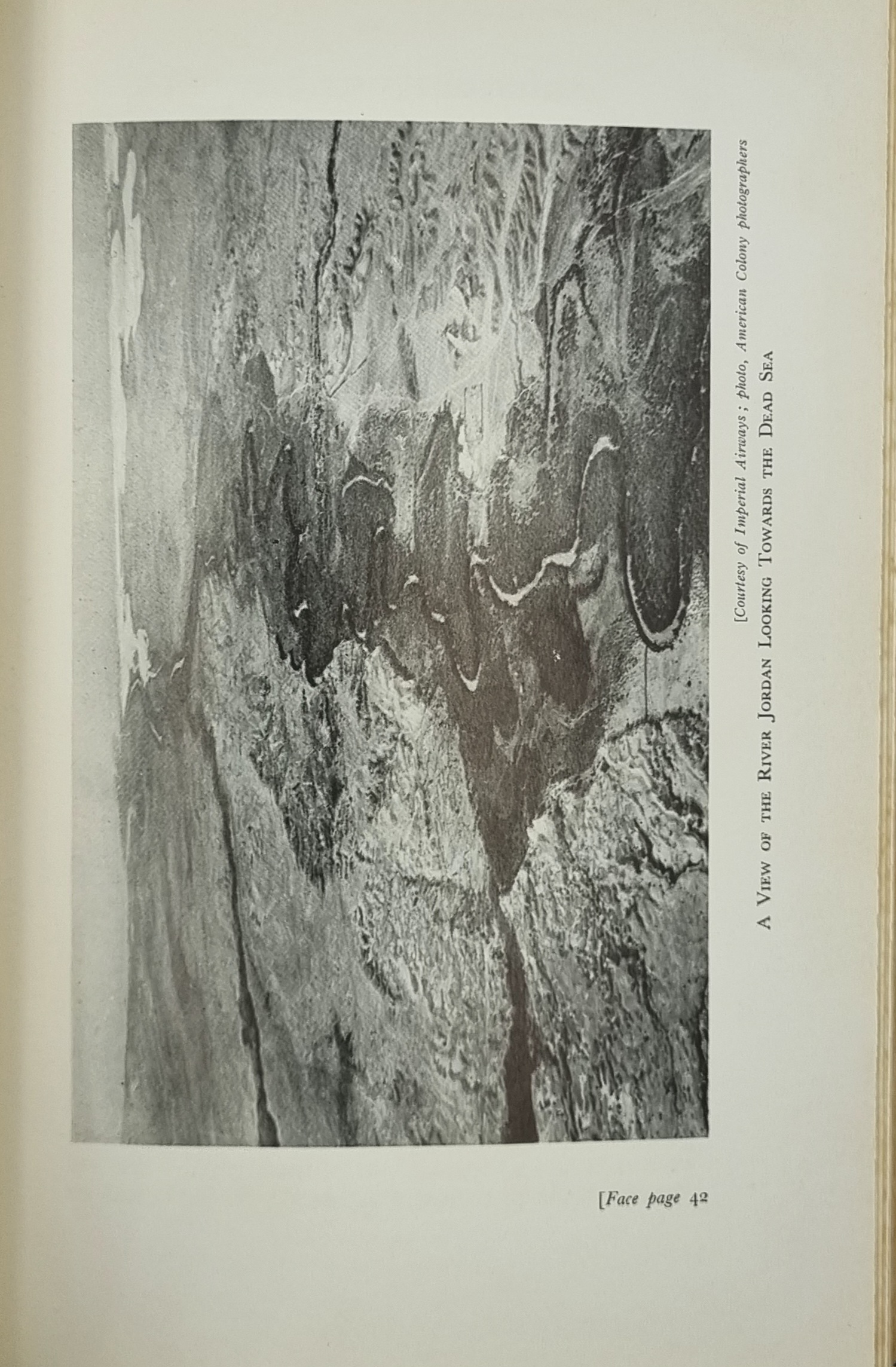Hales worked in the pottery and china business in the Stoke-on-Trent area, founding “Hales Brothers”, an export and import shipping line, of which he was the sole proprietor.
He first owned a car in 1897, and later bragged that he had never blown his horn, and tried to make it illegal for anyone else to blow theirs. In 1904, he drove the first non-stop car from London to Edinburgh.[2] He flew an airship around St. Paul’s Cathedral in 1908. In 1910, he was one of the first people to survive an airplane crash.
After serving in Turkey during World War I, he travelled the world promoting British industry.
He was Conservative MP for Hanley from 1931–1935. He enlivened a House of Commons debate on the herring industry by gesturing with a dead herring as he argued.
In 1935, he inaugurated the Hales Trophy for the Blue Riband award for the ship with the record for the fastest transatlantic crossing. It was commissioned in 1933 and designed by Charles Holliday, designer for the firm of James Dixon and Sons, silversmiths of Cornish Place Sheffield, working to very specific instructions supplied by Hales. The trophy is almost four feet (1.2 m) tall, almost one hundred pounds (45 kg), made of solid silver, onyx and heavy gilt, showing Victory, Neptune and Amphitrite upholding a globe and topped by a figure called Speed urging a liner into the face of a figure called The Force of the Atlantic. An enameled blue ribbon surrounds the middle of the prize, and there are memorials to past record-holders, with Harold Hales’s name at the base. (https://en.wikipedia.org/wiki/Harold_Hales)
Additional information
| Weight | 450 g |
|---|---|
| Dimensions | 15 × 2.5 × 22 cm |








